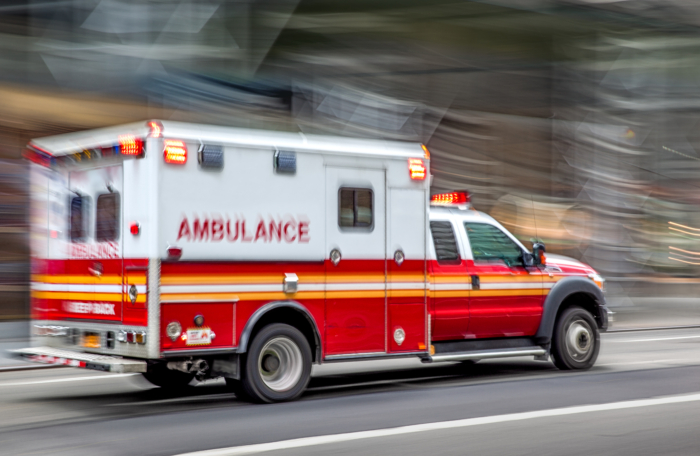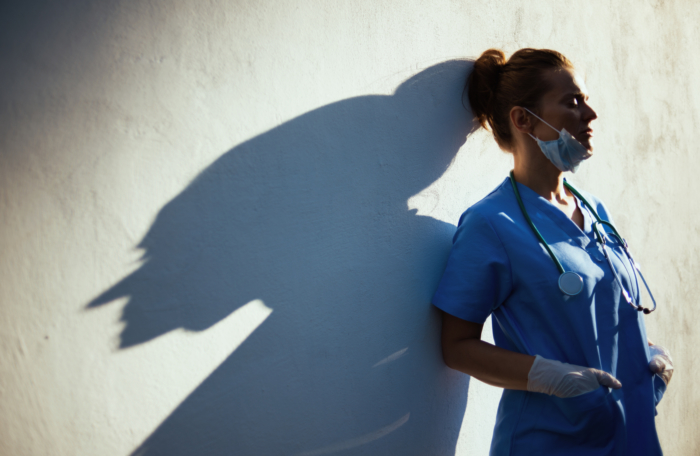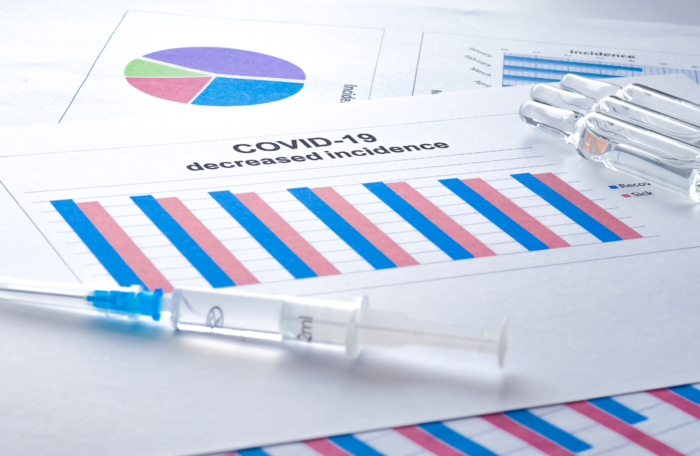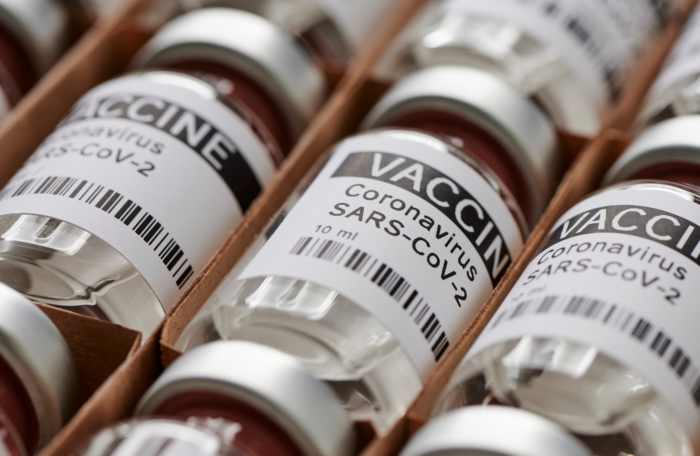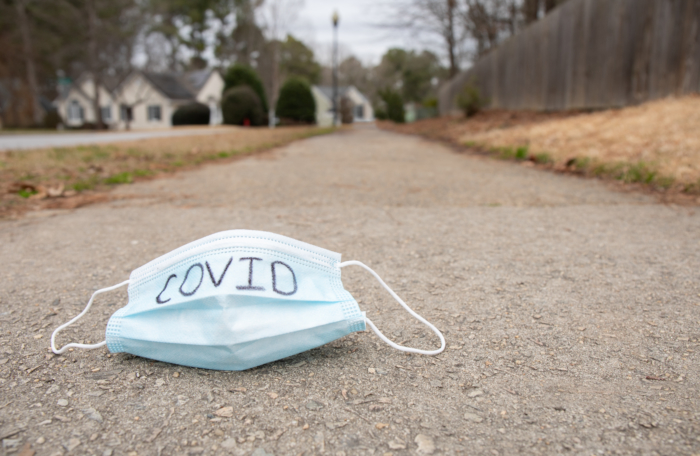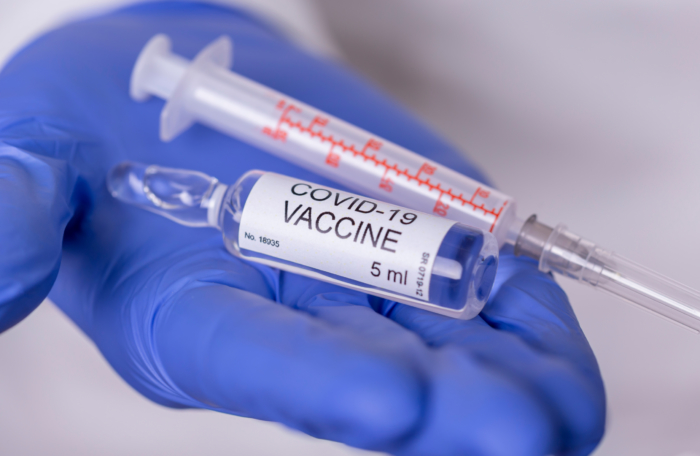On Feb. 1, amid a critical shortage of health care personnel in New Hampshire, the licenses of 22,328 medical workers were set to expire. That’s 26% of health care workers licensed to practice in the state.
In January, the state’s Office of Professional Licensure and Certification (OPLC) prevented that disaster by issuing an emergency rule to extend the licenses — for four more months.
When that rule expires on May 31, all of those licenses will expire with it.
Unless the Legislature acts before then, Granite Staters will lose access to tens of thousands of medical professionals, including 951 mental health counselors, 1,064 social workers, 1,114 psychologists, 2,104 Advanced Practice Registered Nurses, and 14,920 physicians.
Many of those, such as psychologists, are offering services remotely. Others, including a lot of physicians, were licensed under bulk applications and might have few New Hampshire patients. Others, such as nurses, fill staff positions in New Hampshire.
All of them were granted temporary emergency licenses during the pandemic. Those licenses were extended through January, then again through May. Legislators so far have refused to pass a law to make these licenses permanent, or to grant permanent recognition of out-of-state health care licenses.
A health care system in crisis mode
Nearly two years after the first COVID case was documented in New Hampshire, health care in the state is being triaged through a rolling series of emergency professional license extensions.
“We get calls all day saying, ‘We need you to approve this license right away,’” Lindsey Courtney, executive director of the OPLC said.
“It’s mostly hospitals or residential or long-term-care facilities. And often it’s because they’re bringing in travelers. They’ll call a staffing agency and they’ll be told, ‘I can get you five people, but they have to be licensed tomorrow.’”
Because obtaining a permanent state license can take months, quickly licensing those new hires is done under a stop-gap fix the Legislature passed last year. It lets the OPLC offer temporary, 120-day licenses to health care workers.
“I would say that’s how the bulk of the traveling nurses get licensed,” Courtney said. “They don’t even seek a permanent license because they’re going to be here less than four months. If they had to seek a regular license, I’m not sure where we’d be.”
In seven health care fields, more than a third of licensed practitioners hold emergency licenses, a review of state licensing data shows. In two fields, the percentage is close to two thirds.
Percentage of licensed health care practitioners who hold an emergency license:
Licensed Alcohol and Drug Counselors 36%
Advanced Practice Registered Nurse 39%
Licensed Independent Clinical Social Workers 44%
Licensed Clinical Mental Health Counselor 45%
Marriage and Family Therapists 47%
Psychologists 63%
Physicians 65%
Courtney has pressed legislators to provide a permanent fix by simply letting her office recognize out-of-state health care licenses.
It’s hardly a new idea. The Journal of the American Medical Association published a brief arguing for medical license reciprocity in 1899. But every time it is proposed in New Hampshire, licensing boards object.
Dominance of state licensing boards
Professional licensing in New Hampshire is conducted by 54 different state licensing boards. Thirty-five of those regulate health care occupations.
In theory, giving current practitioners the ability to license new entrants into their field raises quality. In reality, it reduces the number of practitioners and gives established license holders the power to restrict competition.
For health care occupations, that is bad for patients, said Morris Kleiner, the AFL-CIO chair in labor policy at the Humphrey School of Public Affairs at the University of Minnesota, and an expert on occupational licensing.
If New Hampshire doesn’t make these licenses permanent, it could harm Granite Staters by suddenly and sharply reducing access to care, he said.
“Not having the licenses, or revoking them, reduces the supply of labor and reduces access of patients to these important, healing occupations,” he said.
Senate Bill 277, sponsored by Sen. Erin Hennessey, R-Littleton, would offer another temporary fix by extending the 22,328 emergency health care licenses, set to expire May 31, for another two years. That would stretch these “emergency” licenses out for four years in total.
At a Jan. 11 Senate hearing on the bill, the OPLC offered an amendment to have the licenses made permanent. The Board of Psychologists opposed the amendment, saying it would amount to “rubber-stamping the approval of an out-of-state license” and therefore diminish the quality of care offered to patients in New Hampshire.
Currently, 1,114 psychologists hold a temporary emergency license to practice in New Hampshire. They far outnumber the 645 psychologists who hold a permanent license. If these emergency licenses were to be made permanent, it would increase the number of permanently licensed psychologists by 73%.
During the state of emergency, New Hampshire granted licenses in bulk to Massachusetts health care providers who accepted Medicare and Medicaid. This ensured that New Hampshire patients could see their caregivers remotely. In some cases, a large health care facility made a bulk application on behalf of its employees who might have New Hampshire patients. Bulk submissions can cover a lot of providers who don’t regularly see New Hampshire patients, or who don’t intend to move to the state. (Many of the emergency-licensed physicians fall into this category.)
About 35% of the emergency licenses for psychologists were part of a bulk submission. The rest of the applications came from individuals. That represents “a significant increase in the number of people who were actually practicing,” Courtney said. “Those were probably people conducting a lot of telehealth services with patients, probably a lot of cross-border care.”
“Mental health is continuing to operate in a largely telehealth platform,” she added.
Another bill, Senate Bill 330, sponsored by Sen. Bob Giuda, R-Warren, would authorize the OPLC to license practitioners who work in other states in which the requirements for licensure are substantially similar to those in New Hampshire.
Both bills have bipartisan support in the Senate. But hostility to SB 330 from some licensing boards and licensed professionals suggests that a permanent fix to the problem is unlikely this year.
It’s an uphill battle, given the political strength of licensing boards, Professor Kleiner said.
“The only state that has extended the temporary licenses and made them permanent is your neighbor in Massachusetts,” he said. “Most other states have let the temporary licenses expire, and that’s unfortunate given the spike in the number of COVID cases we’ve seen.”
An outdated system
State licensing boards typically meet monthly and approve license applications at their meetings. Though modern technology allows instant online application submissions, New Hampshire’s licensing system operates on a 19th century schedule of in-person meetings and infrequent reviews. Getting an application approved through the regular process can take months.
“Vermont’s doing it in 24 hours, and we’re competing for the same licensed person,” Courtney said. “You have to keep up with the times, and people are not going to wait around 60 days.”
Vermont a few years ago overhauled its professional licensure process to make it easier and faster to get a state license. (The reform was funded by a federal grant received in 2018.)
The Green Mountain state processes all applications online and offers fast-track recognition for professionals who hold out-of-state licenses in many occupations. Under Vermont law, three years of experience practicing a regulated occupation in another state is considered sufficient experience to qualify for licensure.
“Colorado and Vermont are among the most efficient in the country at getting licenses processed,” Professor Kleiner said. “Vermont’s very efficient.”
Arizona passed a universal license reciprocity law in 2019. Since then, 4,000 people have used it to obtain state licenses.
Such comprehensive reforms have never gotten far in New Hampshire. Some state boards have made improvements, for example by passing rules to allow the OPLC to process license applications between meetings. Others, including the boards for psychologists and licensed alcohol and drug counselors, haven’t.
“We have a psychologist who lapsed his license,” Courtney said. “He’s been practicing for 30 years. He also practices in another state. It took him a month. If he had had patients, that would’ve been problematic because he would’ve had to choose between cutting them off or committing a violation.”
No serious complaints
Licensing boards often object to automatic reciprocity by arguing that it would jeopardize public health and safety. The record of the last two years suggests otherwise.
The governor’s emergency order recognizing out-of-state health care licenses in New Hampshire took effect on March 23, 2020. Since then, 22,328 emergency licenses have been issued. Yet the state has received only two complaints about emergency license holders, Sen. Hennessey testified during the Jan. 11 meeting of the Senate Finance Committee.
Neither of those complaints was serious enough to go to a hearing, Courtney said.
The number of practitioners operating under an emergency license varies by field. They include a single acupuncturist, six midwives, nine optometrists, 25 dietitians, and 92 licensed alcohol and drug counselors. In fields with significant shortages, the numbers can be substantial. Emergency licensees include 1,064 licensed clinical social workers, 2,104 Advance Practice Registered Nurses, and 14,920 physicians.
Far from creating a public health problem, these emergency licensees likely saved numerous lives by providing services that would not have been offered otherwise. Hospitals and nursing homes in particular have relied on emergency licenses to stay staffed during the last two years.
Even with these additional health care workers, some facilities have had to close rooms and limit services. Were it not for the thousands of additional staff made available through emergency licensure, these closures would have been much worse.
Despite the stressful conditions and difficult working environment that has prevailed for two years, only a few complaints have been made against emergency licensees, and none was serious enough to bring to a hearing. The tiny number of complaints is powerful evidence that the safety concerns regarding large-scale license reciprocity are unfounded, according to Courtney.
“I think we’ve shown that the world doesn’t end and the sky doesn’t fall when we remove some barriers for licensure,” she said.

